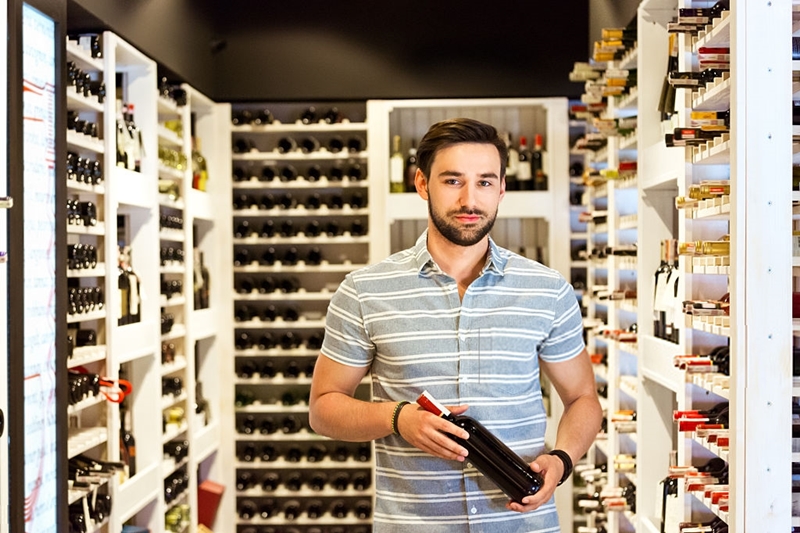Decoding wine aging: the perfect time to uncork
Tracing the quality curve: the wine's life stages

Wine, an intricate blend of art and science, has been part of human civilization for millennia. Its transformation is not limited to its time in barrels or casks; a significant evolution also transpires within the bottle. But one might wonder, how long does a wine last, and more importantly, when is the perfect moment to uncork it?
The Evolution Within the Bottle
Wine undergoes two primary aging conditions in its bottle: reduction and oxidation. These processes can influence the taste, aroma, and overall quality of the wine.
When wine is initially bottled, a tiny amount of air remains trapped. This air, which can vary based on the bottling method, interacts with the wine and causes a phenomenon called micro-oxygenation. Especially prevalent during the early weeks and months post bottling, this interaction allows the wine to breathe and evolve subtly.
Factors such as the cork's permeability further contribute to this oxygenation. The cork itself, especially when initially expanding, might not be completely airtight, allowing minuscule amounts of air to enter and interact with the wine. Moreover, fluctuations in external temperatures can lead to the wine expanding and contracting, potentially "pumping" more air into the bottle. Such variations could result from both the winery's storage conditions or the consumer's home, emphasizing the importance of maintaining a stable temperature to preserve wine quality.
However, with optimal storage conditions—a consistent, cool temperature, a well-sealed bottle, and the wine kept in a horizontal or inverted position to ensure the cork remains elastic and in contact with the wine—oxygen infiltration can be negligible. This would then allow the wine to age in a predominantly reductive environment.
The Cork Controversy
Corks, while traditional, have occasionally posed problems for bottled wines. Issues range from releasing off-flavors, commonly due to TCA contamination, to their sometimes imperfect hermetic seal. These concerns have led experts to explore alternative bottle sealing methods that provide better protection against unwanted air ingress.
Throughout the aging process in a bottle, the primary goal remains consistent: reduce the wine's oxidative potential. This reduction promotes richer colors, enhanced aromatic complexities, and a smoother mouthfeel due to the polymerization of certain compounds, such as polyphenols.
Wine's Quality Curve: A Three-Stage Evolution
The wine aging process within a bottle follows a distinctive quality curve, reminiscent of an inverted bell shape. The timeline for this curve, its peak, and decline varies depending on the wine type and its vintage's specific characteristics.
- Development Phase: Post-bottling, the wine begins its growth phase. Here, it undergoes the previously mentioned transformations that enhance its overall quality. This phase can also witness some fluctuations as the wine adjusts post bottling.
- Apogee Phase: This is the wine's zenith. At this stage, it has reached its maximum quality, a peak it will retain for an extended period.
- Decline Phase: After achieving its pinnacle, the wine starts its descent, leading to its eventual "end of life." The duration of this decline varies based on environmental factors and how the wine has been stored.
To truly gauge a wine's position on the quality curve, tasting remains the best method. It's beneficial to store several bottles of the same wine and vintage, sampling them over months or even years to ascertain their progression and pinpoint the optimal consumption time. Wineries' consumption recommendations can also offer invaluable guidance.
Founded in 2007, Vinetur® is a registered trademark of VGSC S.L. with a long history in the wine industry.
VGSC, S.L. with VAT number B70255591 is a spanish company legally registered in the Commercial Register of the city of Santiago de Compostela, with registration number: Bulletin 181, Reference 356049 in Volume 13, Page 107, Section 6, Sheet 45028, Entry 2.
Email: [email protected]
Headquarters and offices located in Vilagarcia de Arousa, Spain.